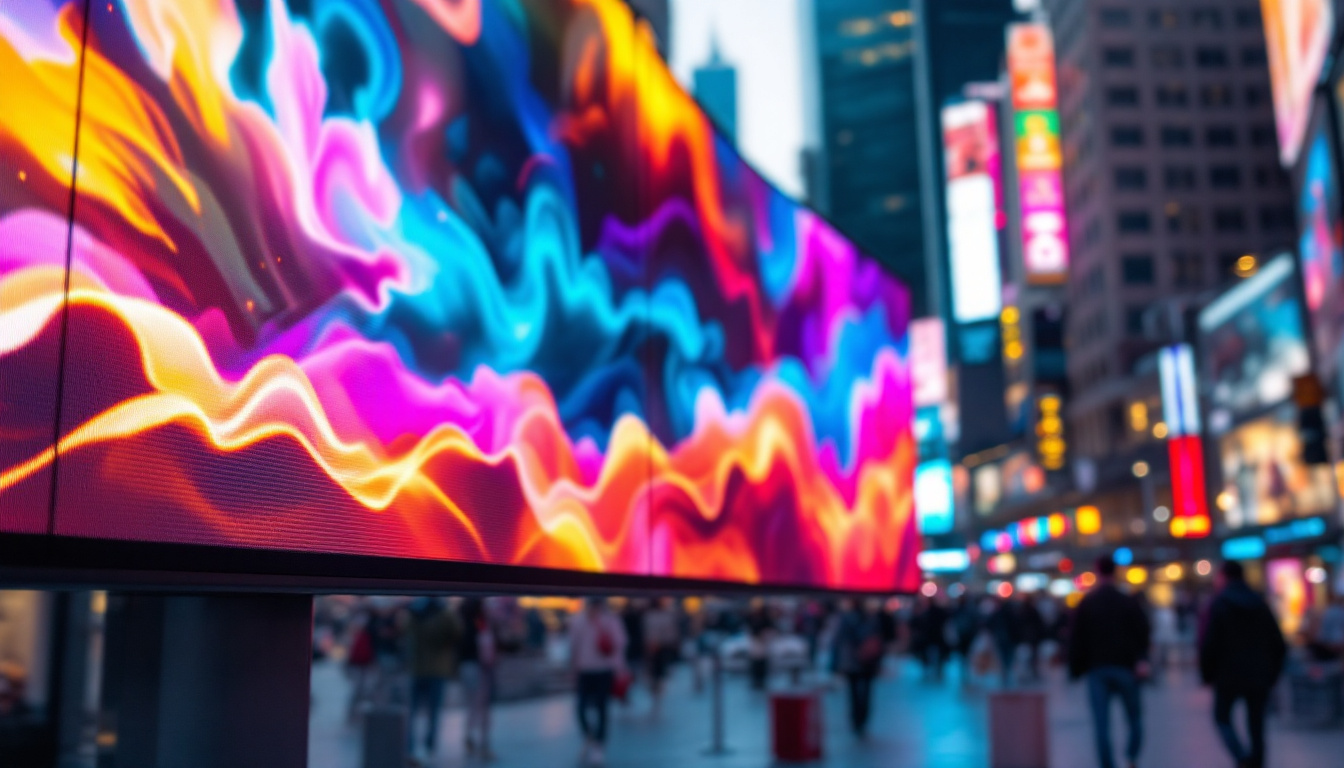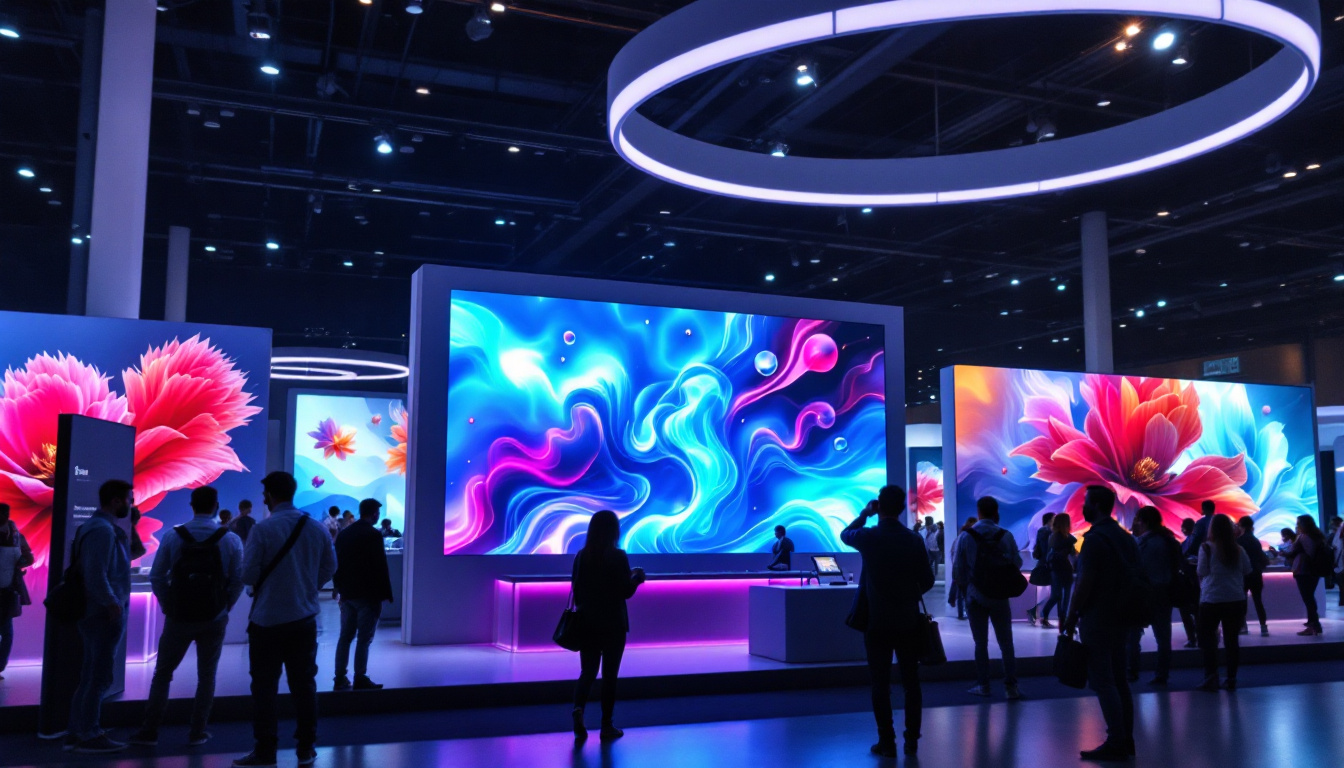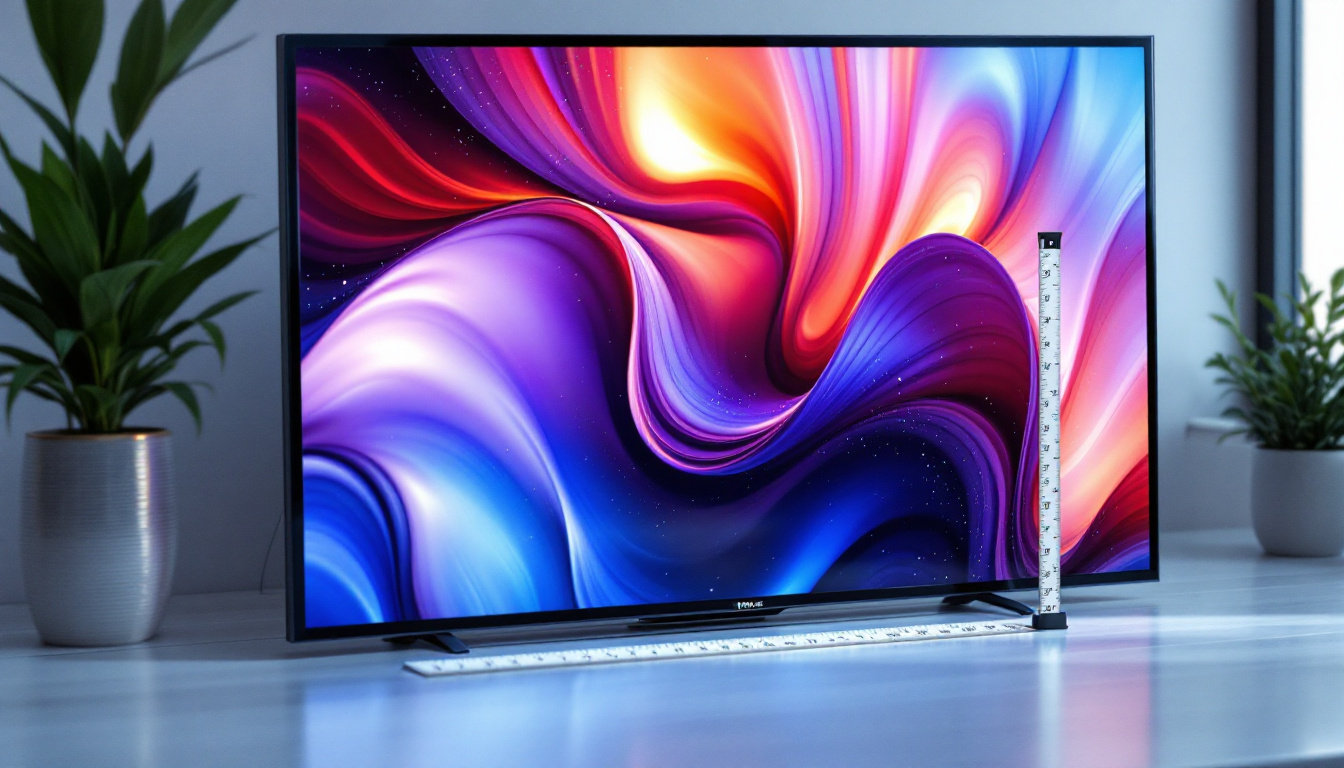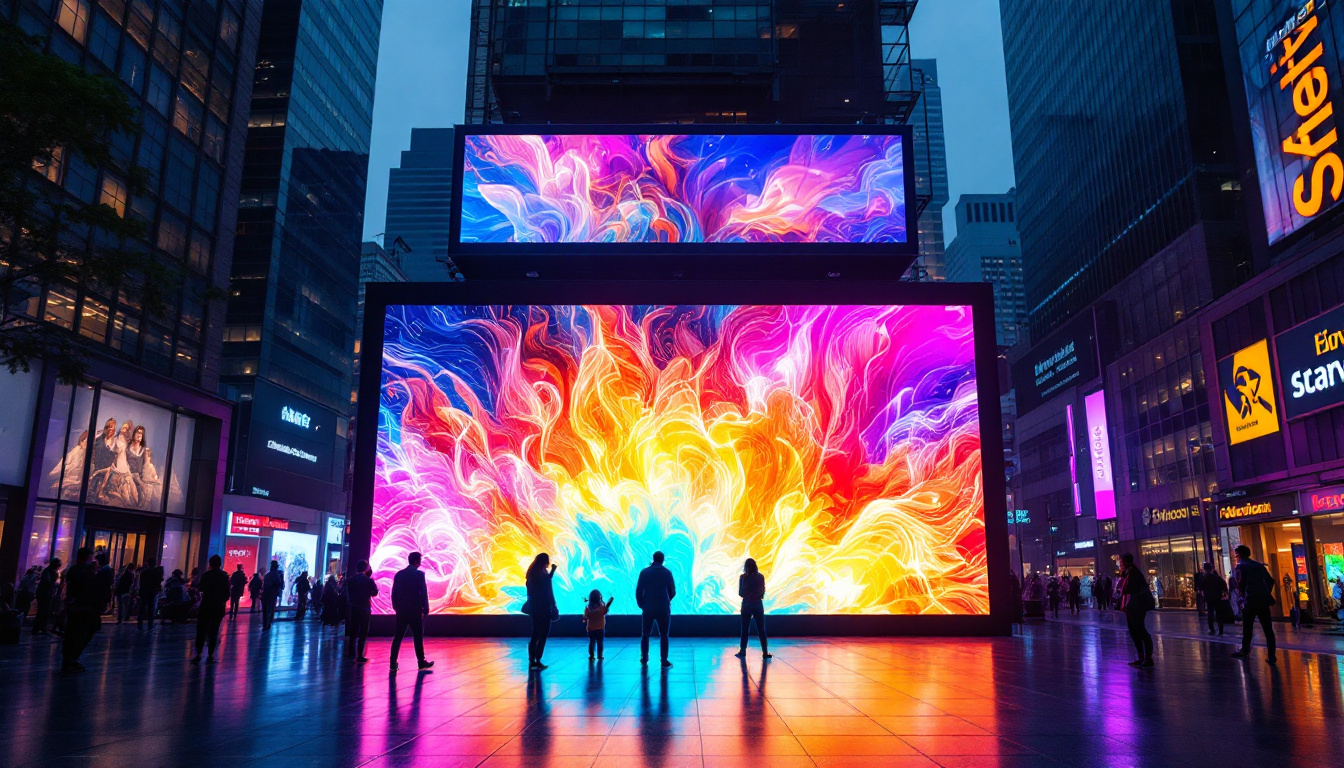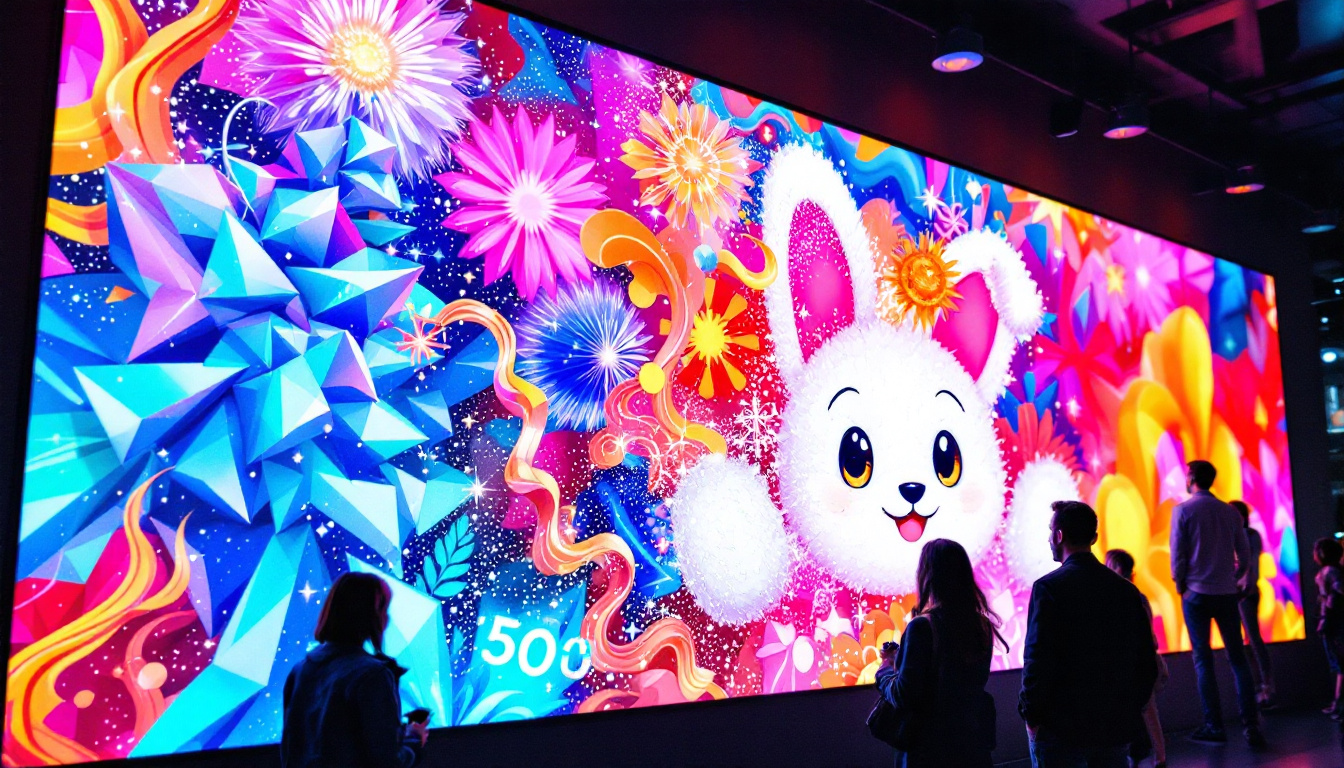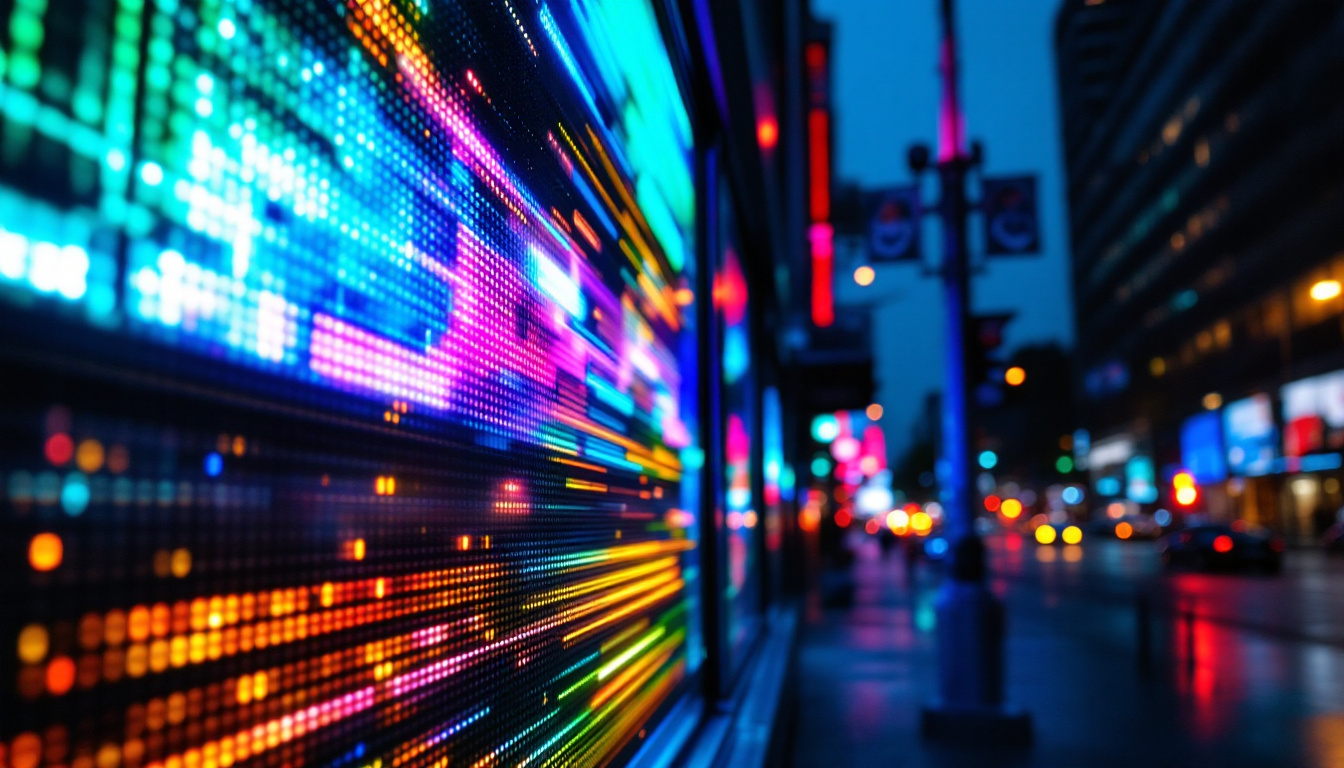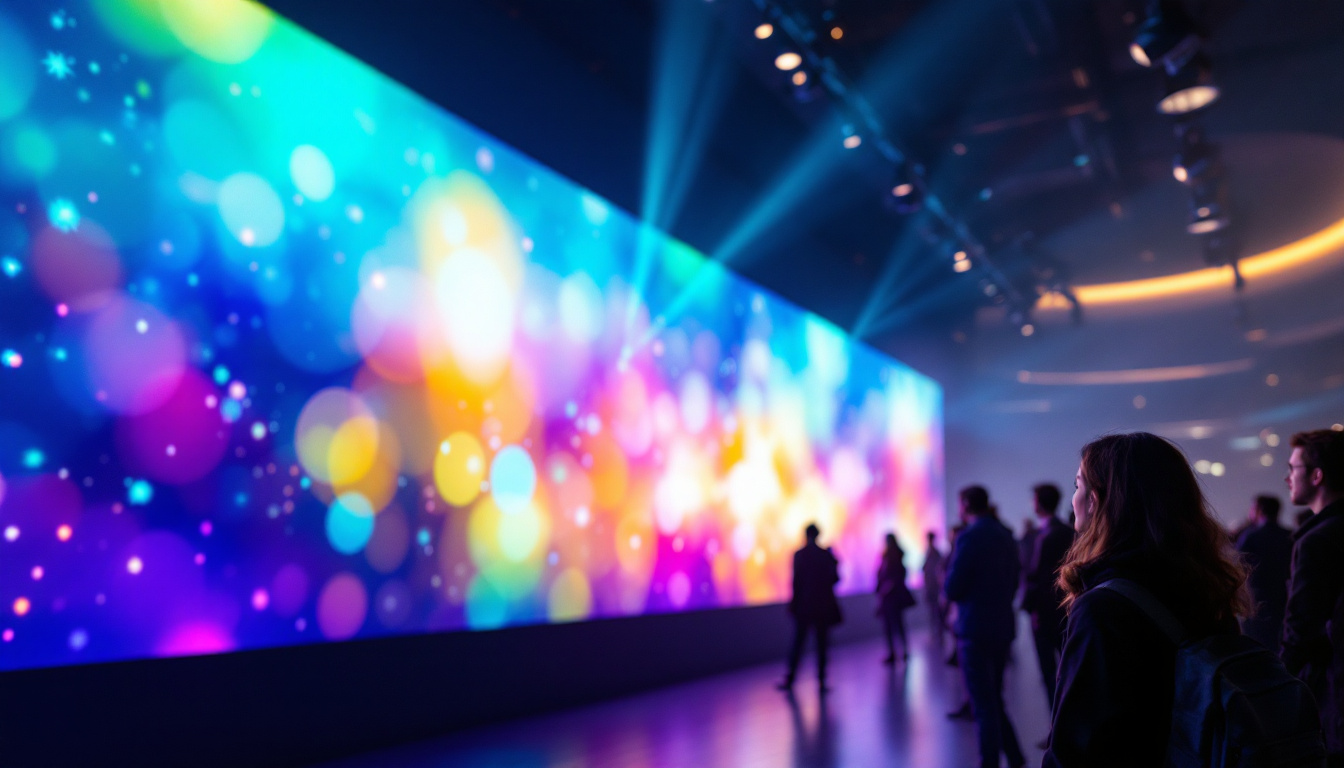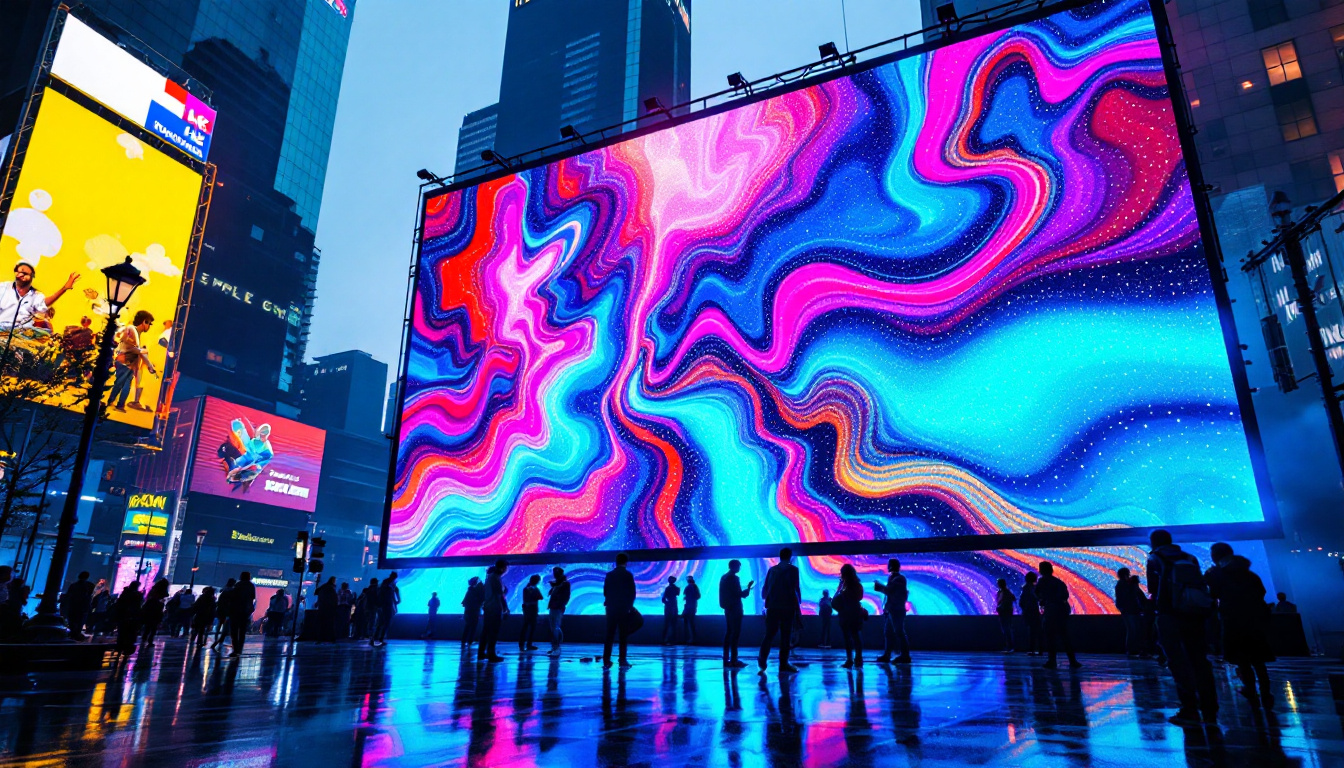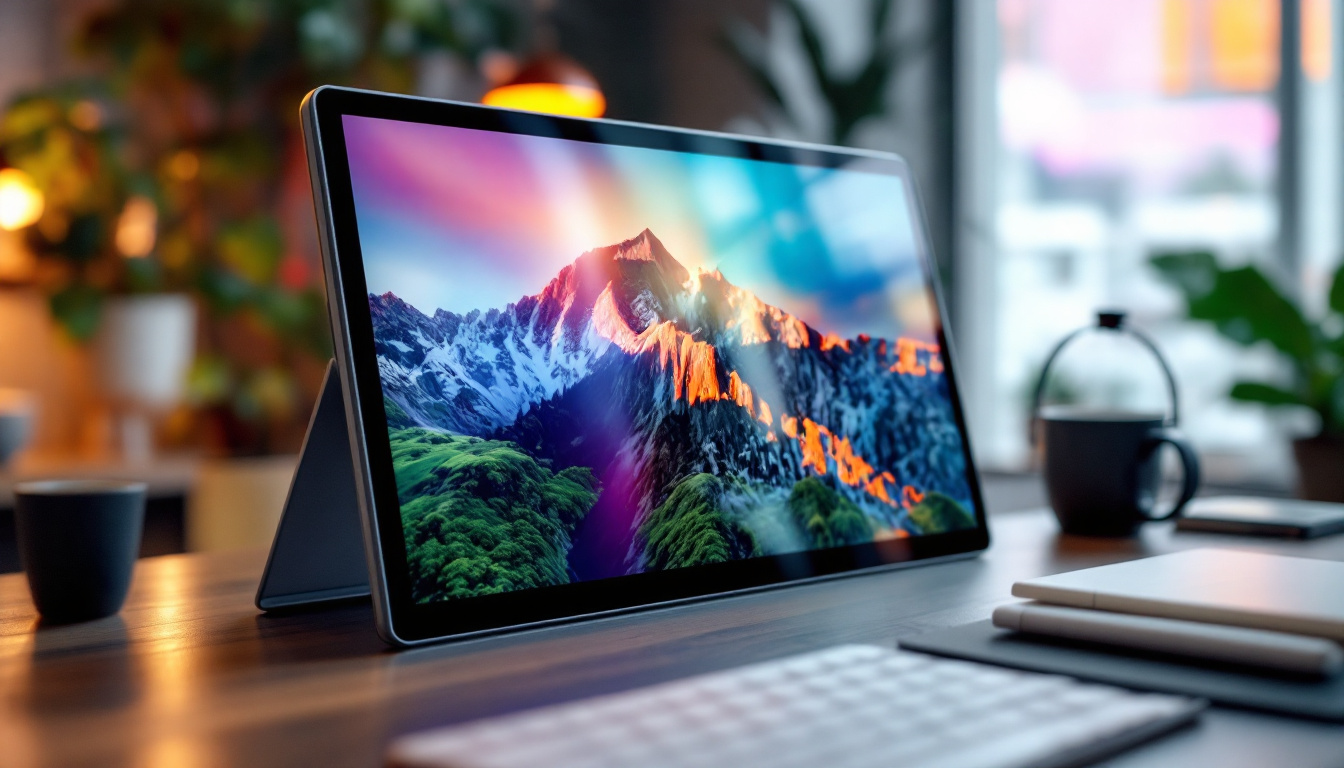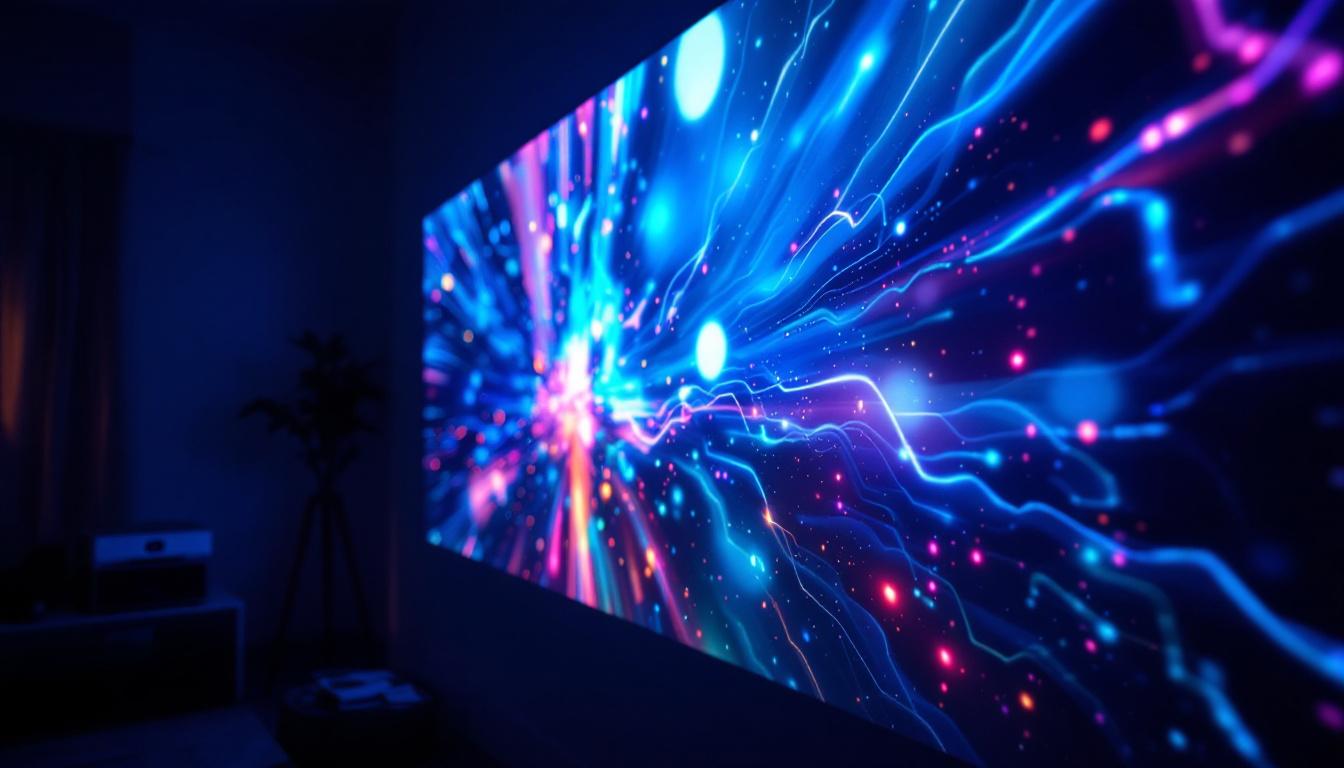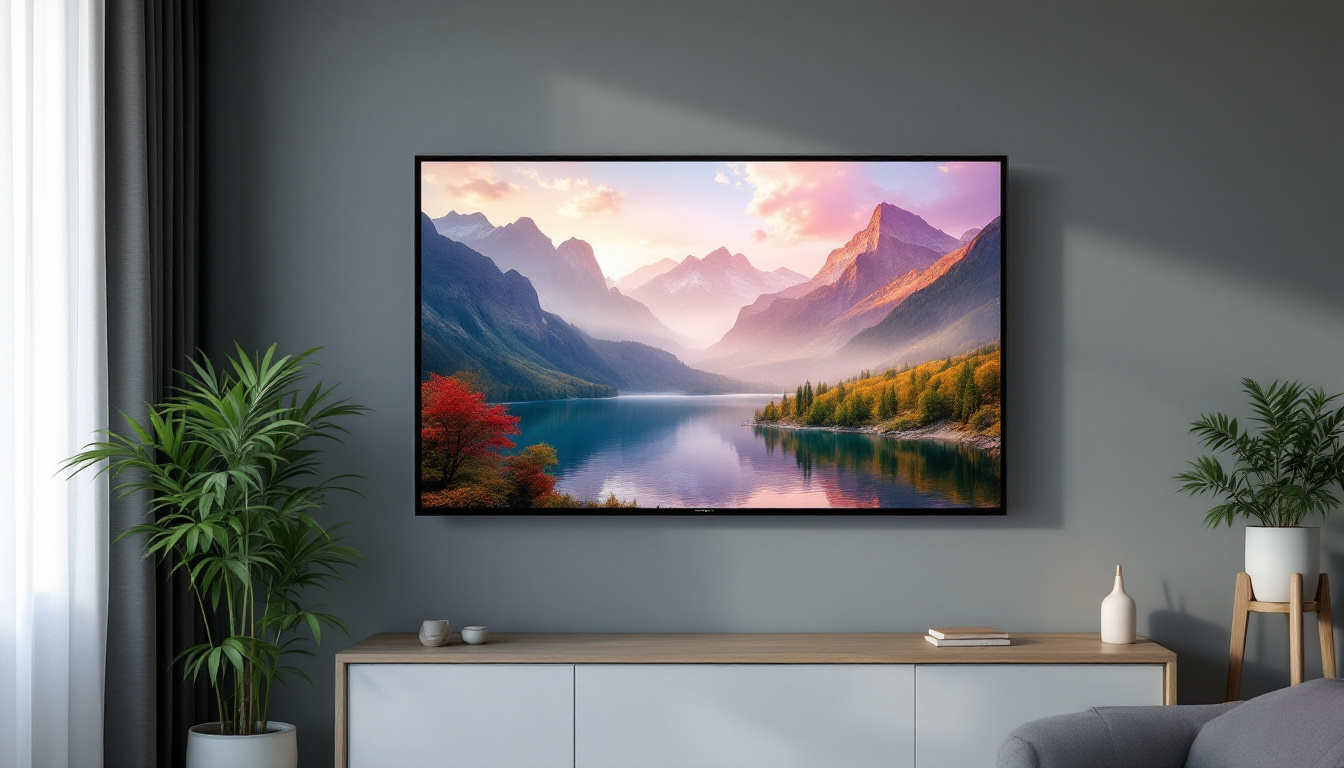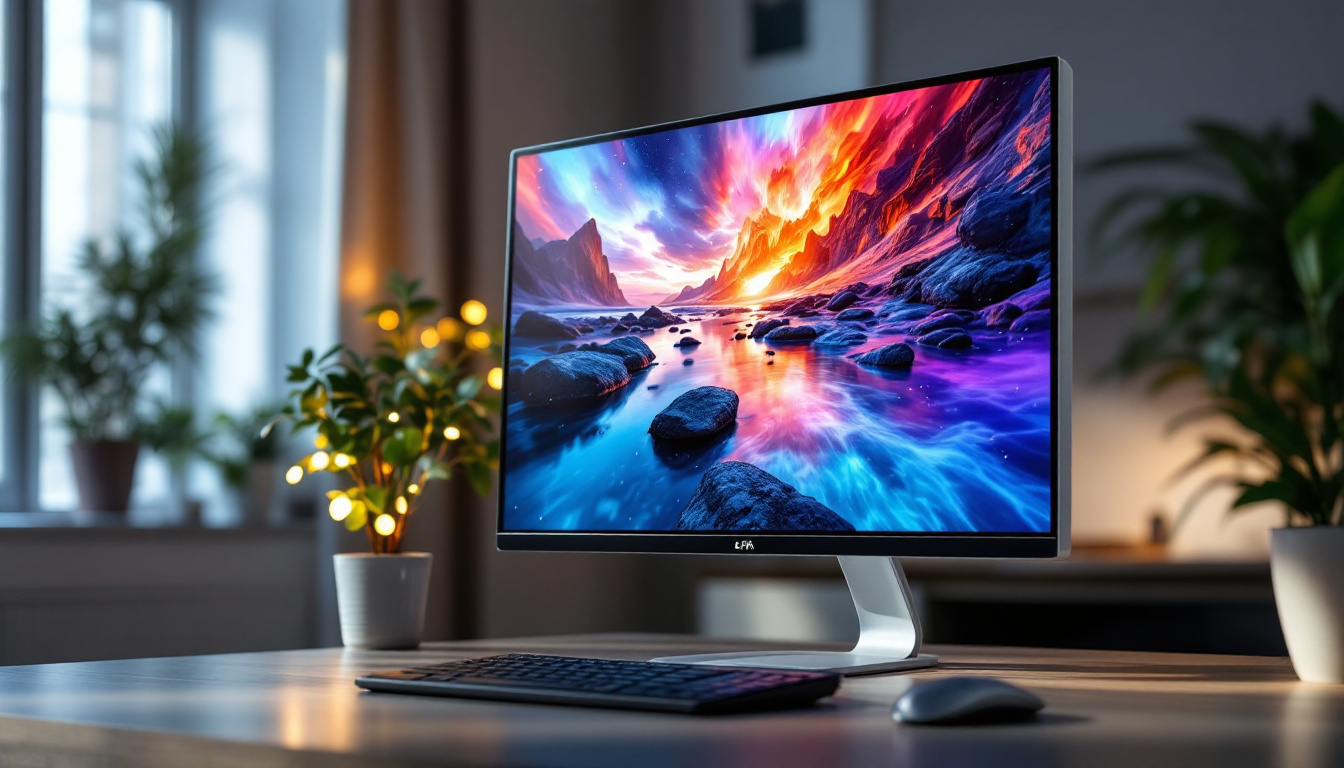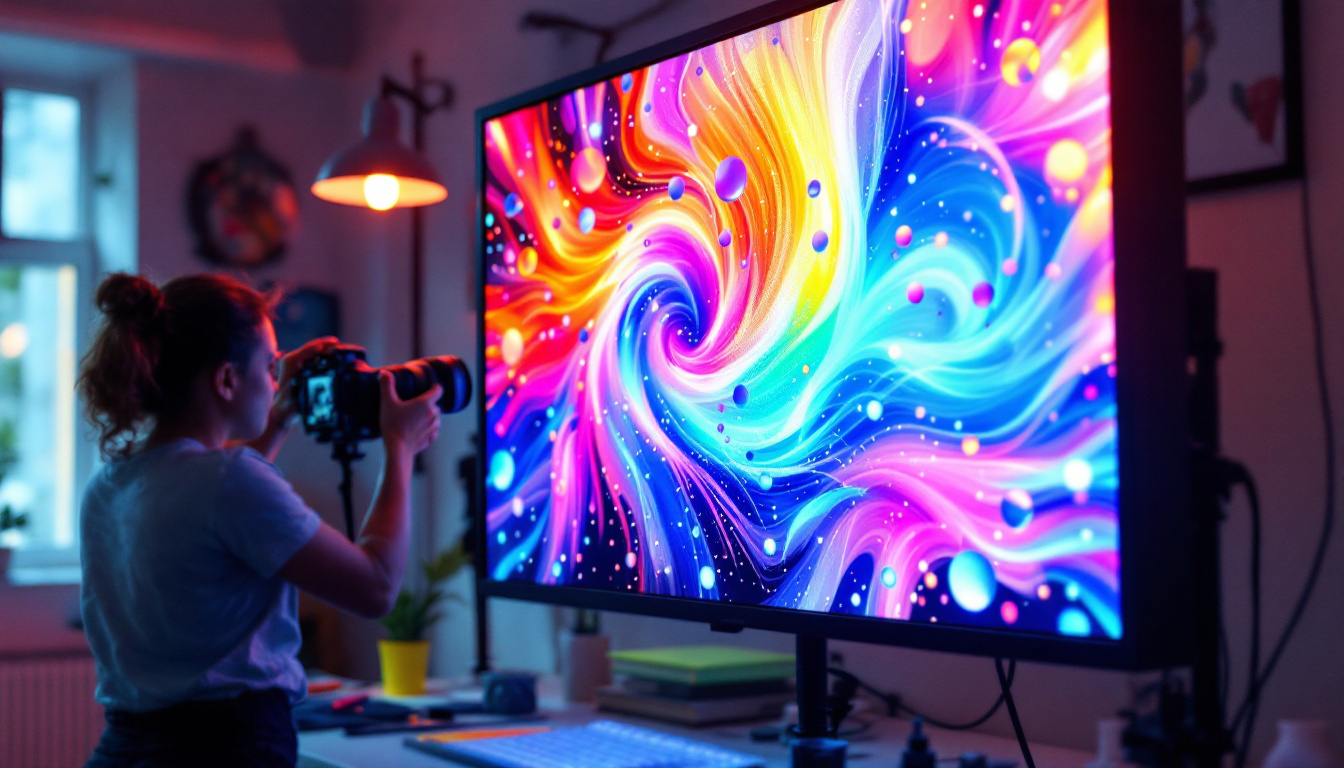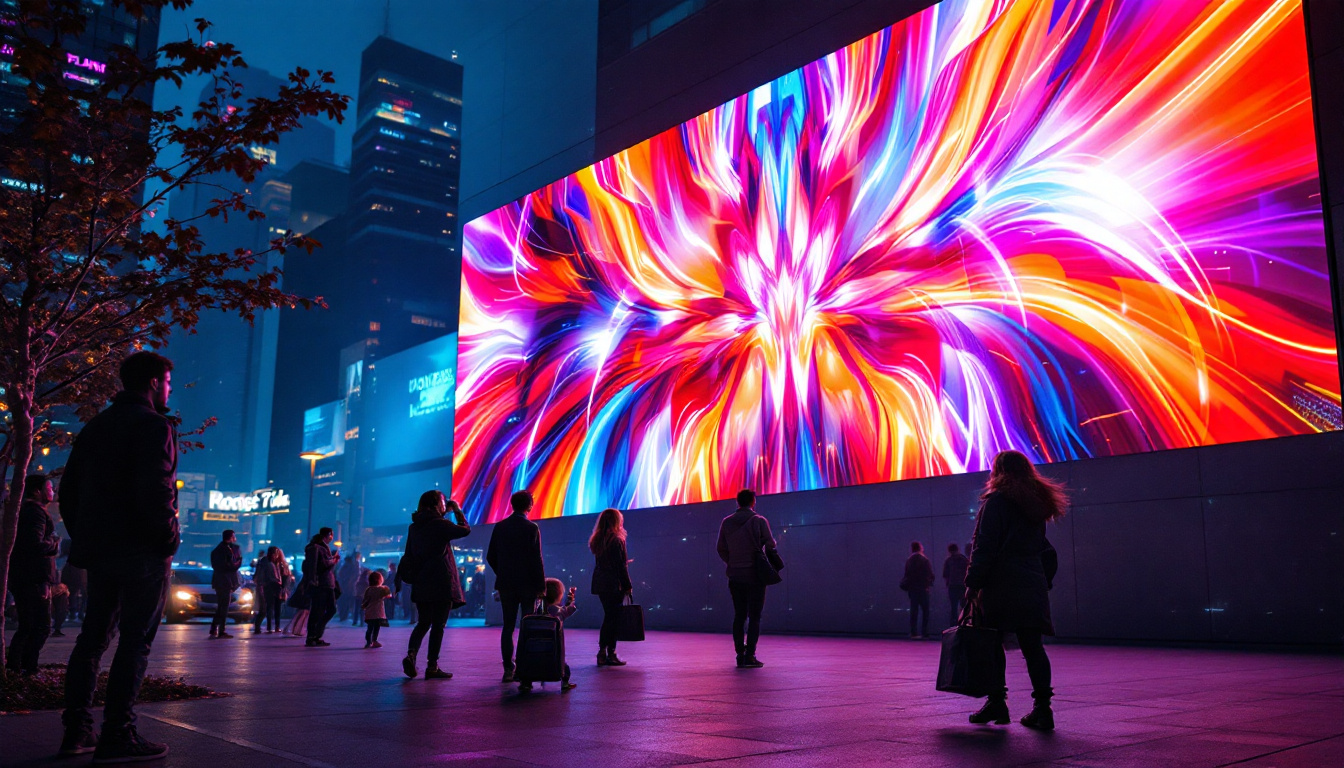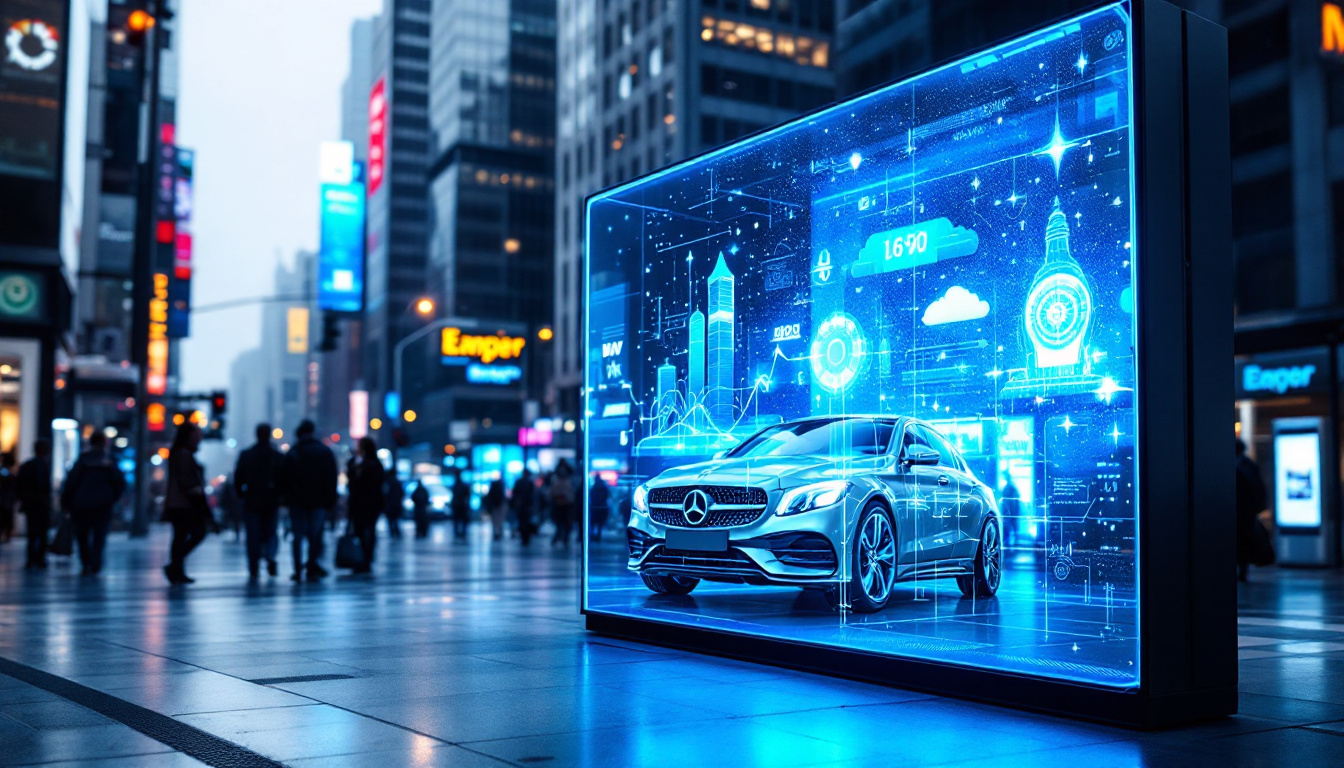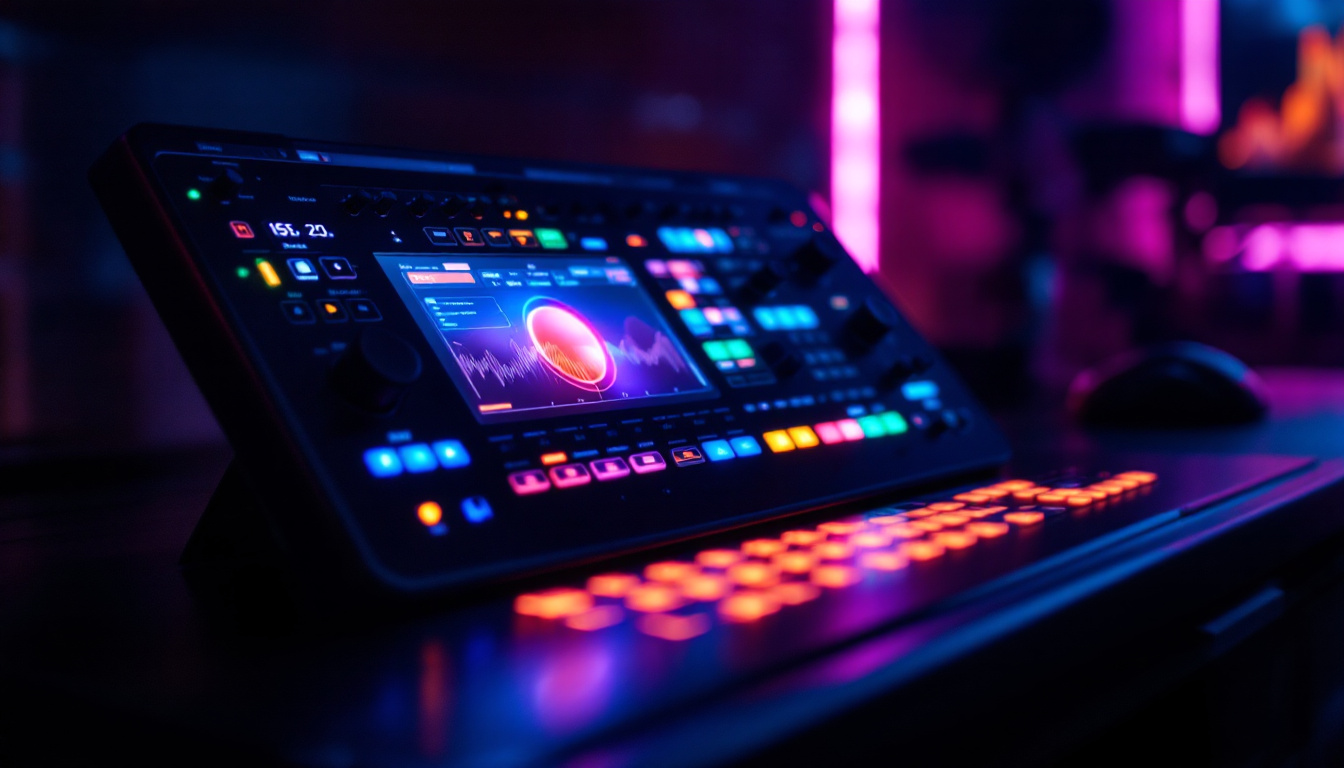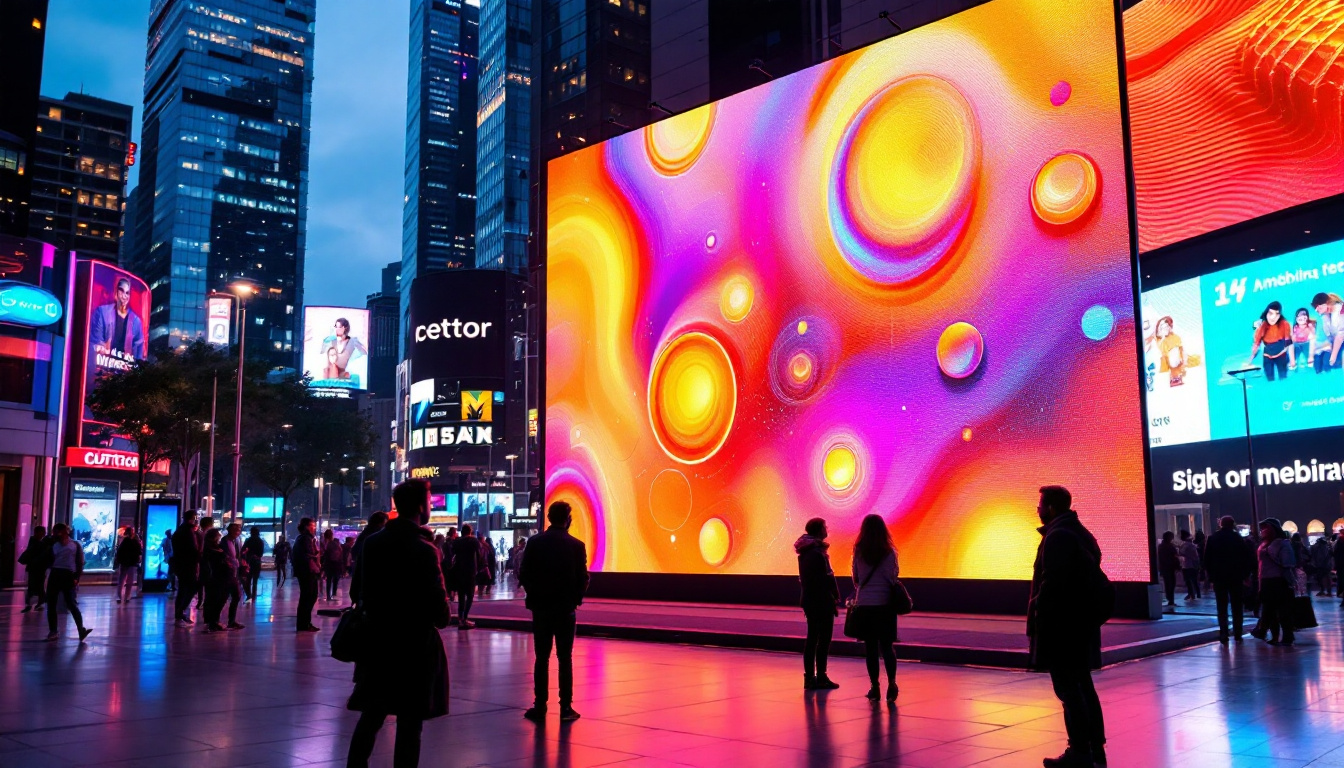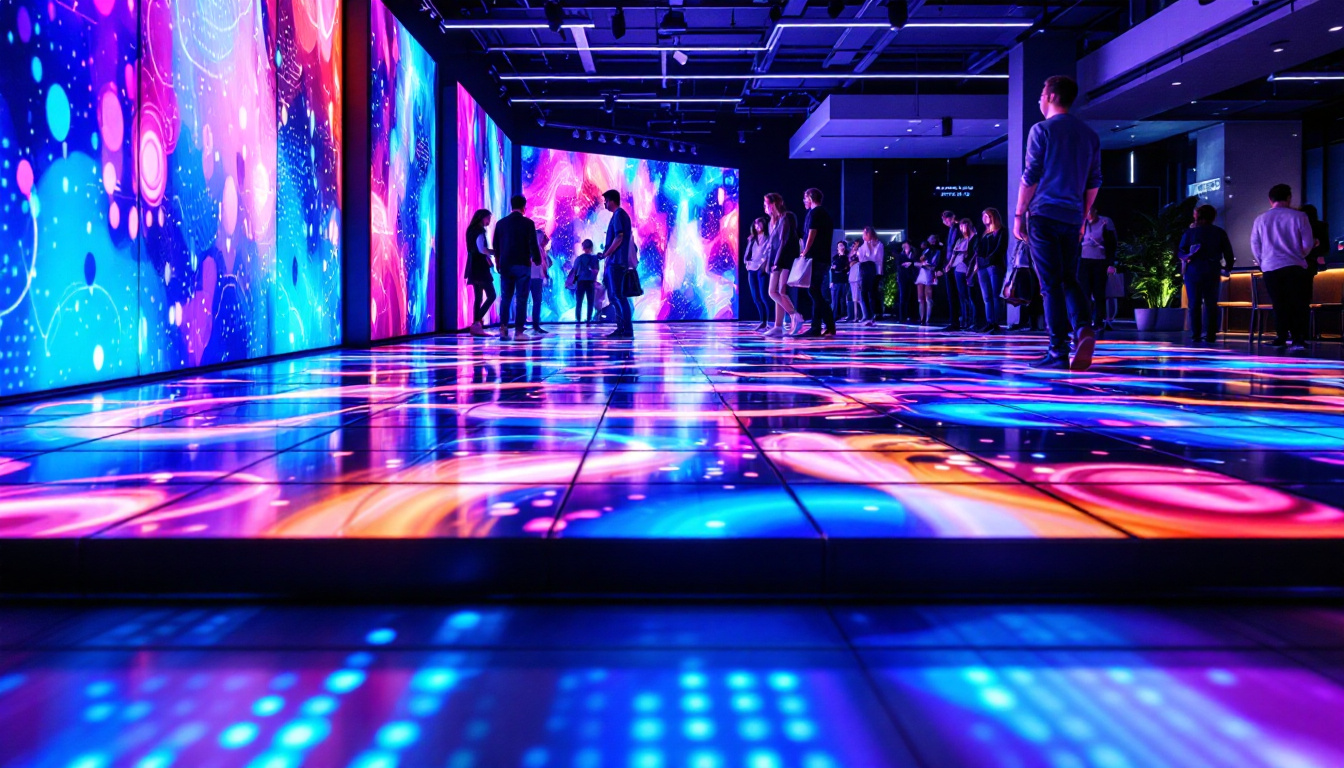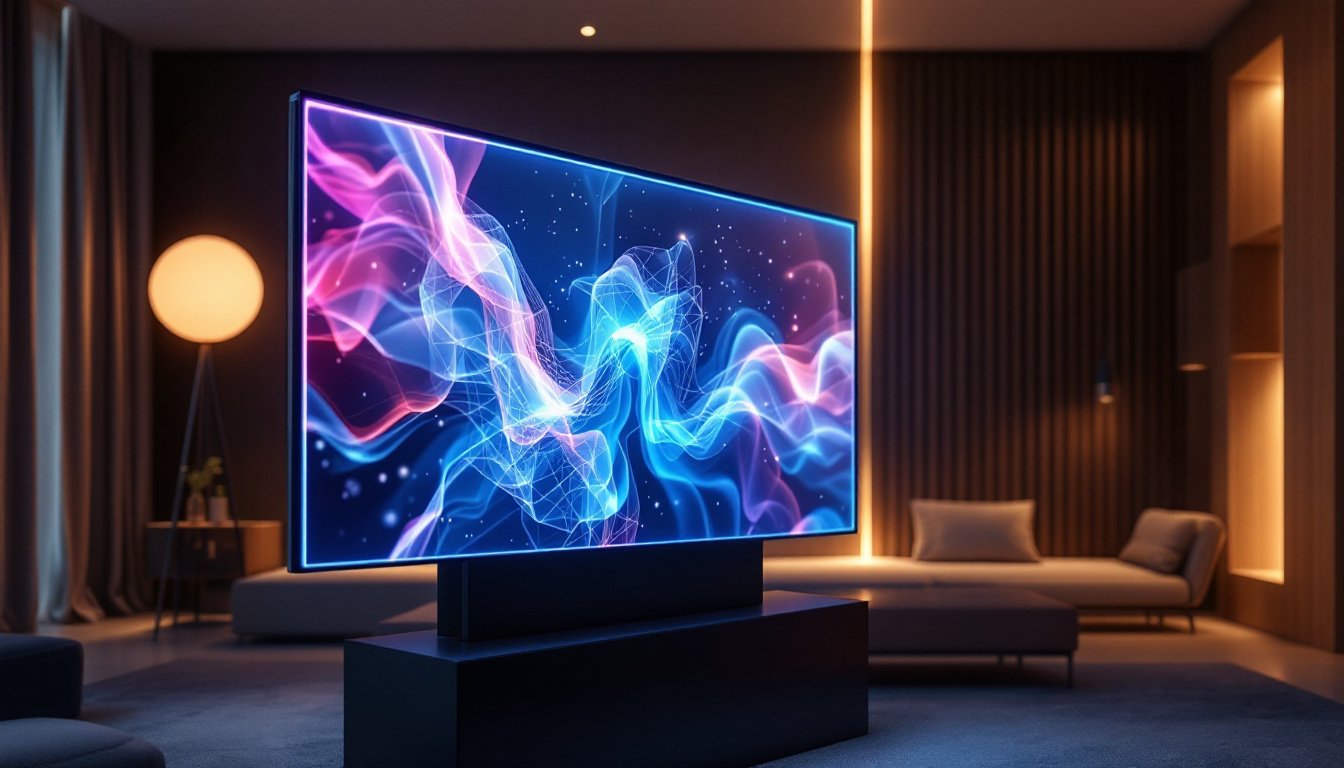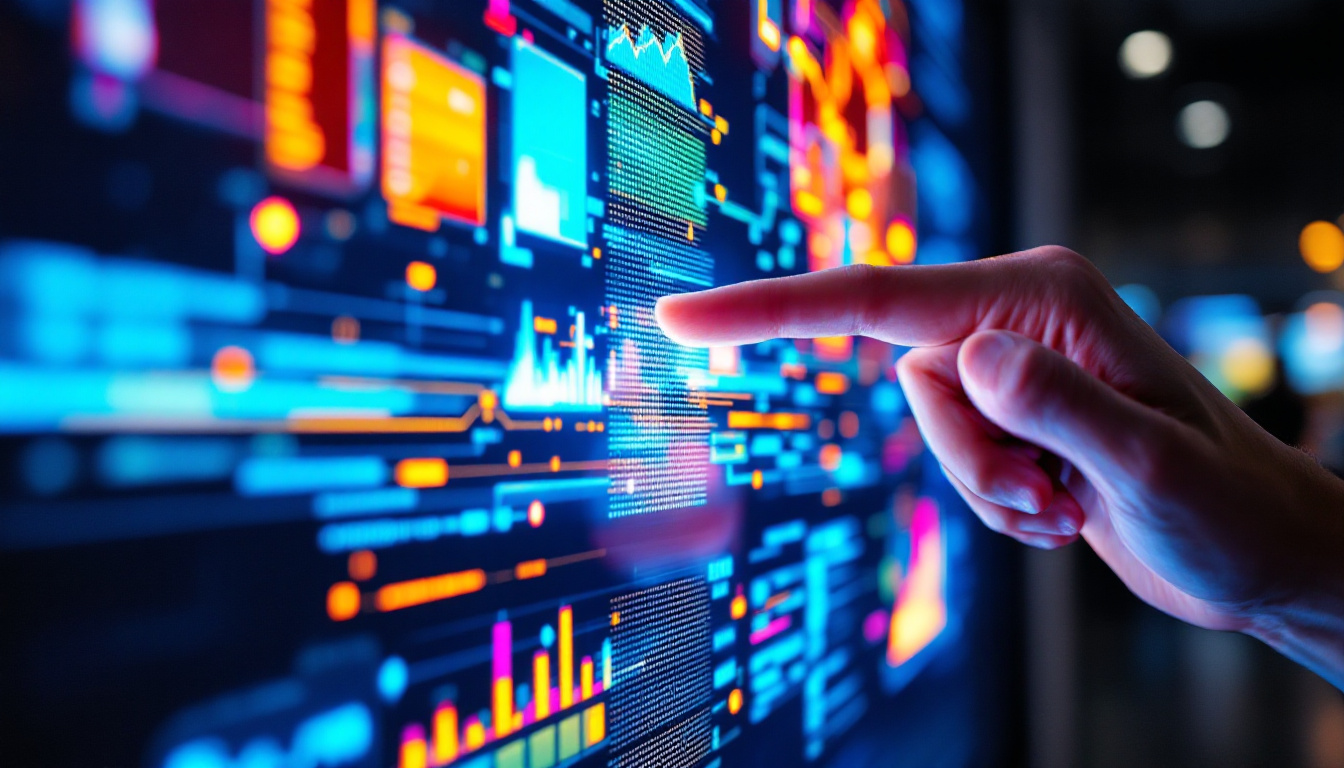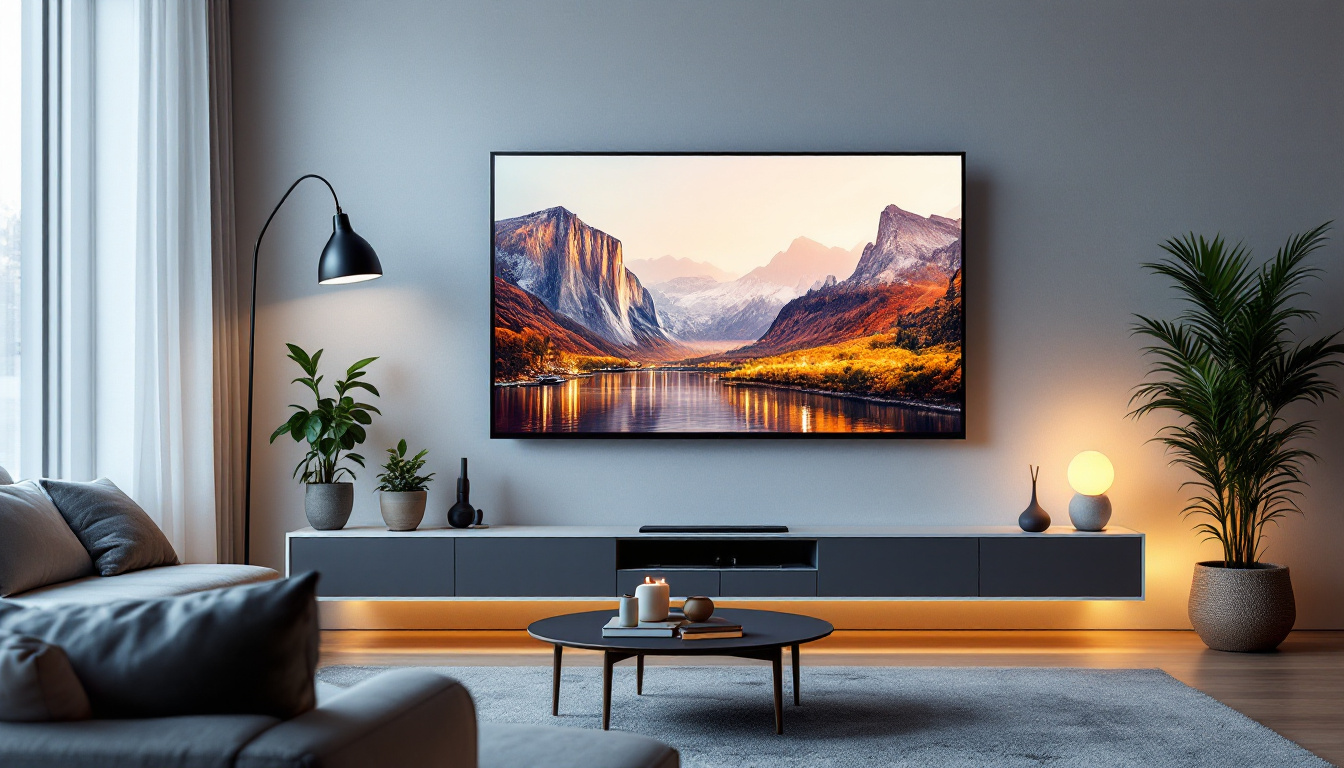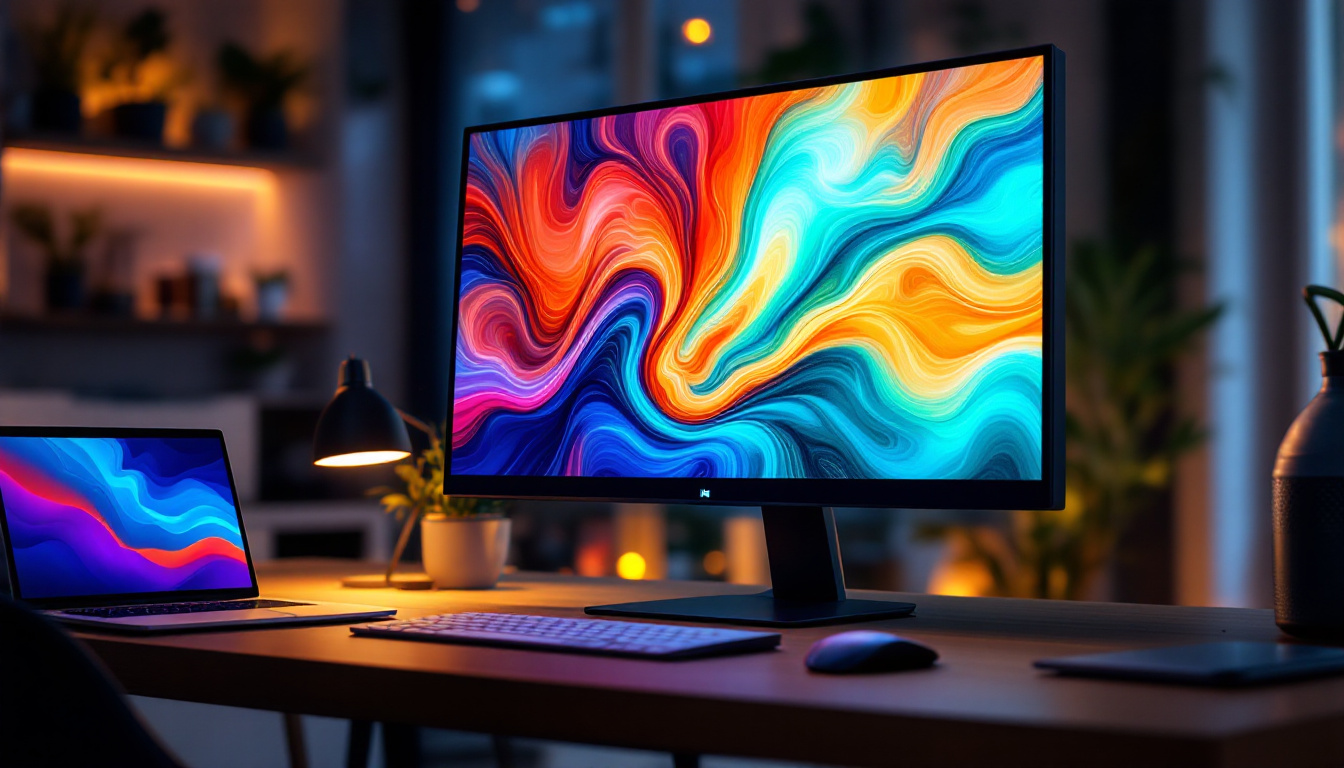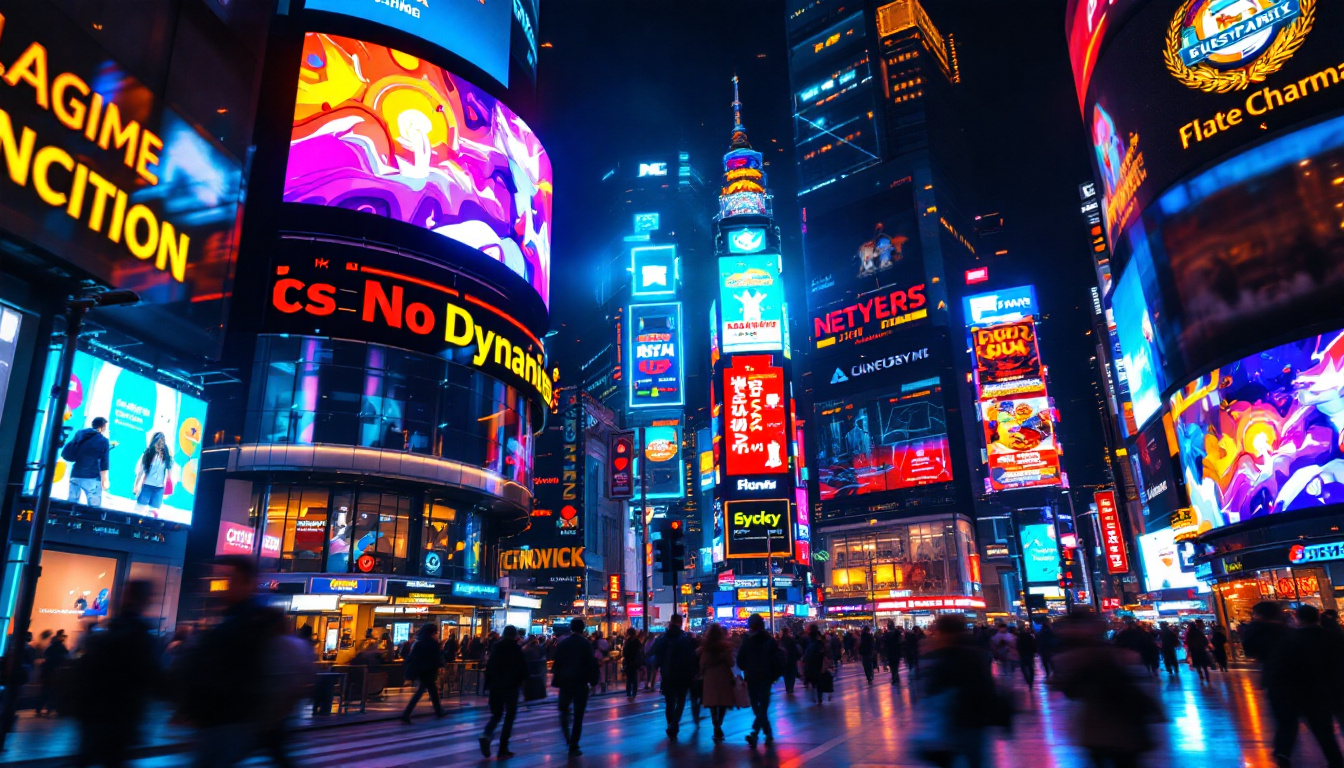In the modern world, LED screens have become ubiquitous, transforming how we consume information and entertainment. From large billboards to smartphone displays, LED technology plays a crucial role in our daily lives. This article delves into the intricacies of LED screens, exploring their mechanisms, applications, and advantages.
Understanding LED Technology
Light Emitting Diodes (LEDs) are semiconductor devices that emit light when an electric current passes through them. This technology is the backbone of LED screens, which utilize these diodes to create vibrant images and videos. Unlike traditional display technologies, LEDs offer numerous advantages, including energy efficiency, longevity, and superior brightness. The energy efficiency of LEDs not only reduces electricity costs but also contributes to a lower carbon footprint, making them an environmentally friendly choice for both consumers and businesses alike.
How LED Screens Work
LED screens operate on a simple principle: they convert electrical energy into light. Each pixel on an LED screen is made up of red, green, and blue (RGB) diodes. By adjusting the intensity of these colors, a wide spectrum of colors can be produced, allowing for high-quality images and videos. This RGB model is fundamental in achieving the rich color palettes that modern displays are known for, enabling everything from vivid gaming experiences to cinematic presentations.
The arrangement of these diodes can vary, leading to different types of LED screens, such as direct-view and backlit displays. In direct-view LED screens, the diodes are arranged to form the actual image, while backlit displays use LEDs to illuminate a liquid crystal display (LCD) panel from behind. This distinction is crucial, as it affects not only the quality of the image but also the viewing angles and response times, which are essential for applications like gaming and professional graphic design.
Types of LED Displays
There are several types of LED displays, each designed for specific applications. The most common types include:
- Standard LED Displays: These are typically used for televisions and computer monitors, providing excellent image quality for home and office use.
- OLED Displays: Organic Light Emitting Diodes offer deeper blacks and better contrast ratios, making them popular for high-end televisions and smartphones. The self-emissive nature of OLED technology allows for thinner screens and improved flexibility in design.
- MicroLED Displays: A newer technology that promises even better brightness and color accuracy, MicroLED screens are still emerging in the market. These displays consist of microscopic LEDs that can be individually controlled, allowing for unprecedented levels of detail and dynamic range.
- Outdoor LED Displays: Designed for advertising and public information, these screens are weather-resistant and can be seen in bright daylight. Their robust construction and high brightness levels make them ideal for billboards and stadiums, where visibility is paramount.
In addition to these common types, there are also specialized LED displays, such as transparent LED screens, which are gaining popularity in retail environments for advertising without obstructing views. These innovative displays allow for creative marketing strategies, merging digital content with physical spaces seamlessly. Furthermore, advancements in LED technology continue to evolve, with ongoing research into improving efficiency and reducing production costs, thereby making high-quality displays more accessible to a wider audience.
Applications of LED Screens
LED screens have a wide range of applications across various industries. Their versatility and performance make them suitable for both personal and professional use.
Advertising and Marketing
One of the most prominent uses of LED screens is in advertising. digital billboards and signage utilize LED technology to display dynamic content that can be updated in real-time. This flexibility allows businesses to engage customers with timely promotions and eye-catching visuals.
Moreover, LED screens can be found in retail environments, enhancing customer experiences through interactive displays and product demonstrations. The ability to change content quickly makes LED advertising more effective compared to traditional static signs. With the integration of advanced analytics, businesses can tailor their advertising strategies based on customer behavior, ensuring that the right message reaches the right audience at the right time. This data-driven approach not only maximizes engagement but also improves return on investment for advertising campaigns.
Entertainment and Events
In the entertainment industry, LED screens are essential for concerts, festivals, and sporting events. Large-scale LED displays are used to project visuals that enhance the audience’s experience, providing vibrant imagery and real-time updates.
Additionally, LED screens are increasingly used in theaters and cinemas, where they serve as both screens for movies and as backdrops for live performances. Their ability to produce high-quality images in various lighting conditions is crucial in these settings. The immersive experience created by LED technology can transport audiences into the heart of the action, making every performance unforgettable. Furthermore, the advent of 3D LED screens is pushing the boundaries of visual storytelling, allowing for innovative presentations that captivate viewers in ways previously unimaginable.
Education and Corporate Use
In educational institutions, LED screens facilitate interactive learning. They can display presentations, videos, and other educational materials, making lessons more engaging for students. The clarity and brightness of LED displays ensure that content is visible even in well-lit classrooms.
Corporate environments also benefit from LED technology. Conference rooms equipped with LED screens can enhance presentations, allowing for clearer visuals and better collaboration among team members. Video conferencing has also been revolutionized by high-quality LED displays, making remote communication more effective. Beyond meetings, LED screens are utilized for training sessions and workshops, where interactive elements can be integrated to foster a more hands-on learning experience. As companies continue to embrace hybrid work models, the demand for high-quality visual solutions in both in-person and virtual settings is likely to grow, further solidifying the role of LED technology in the corporate landscape.
Advantages of LED Screens
LED screens offer numerous advantages over traditional display technologies, contributing to their widespread adoption. Understanding these benefits can help consumers and businesses make informed decisions when selecting display solutions.
Energy Efficiency
One of the most significant advantages of LED screens is their energy efficiency. Compared to traditional LCD and CRT displays, LED screens consume significantly less power. This efficiency not only reduces energy bills but also has a positive impact on the environment by lowering carbon footprints.
Longevity and Durability
LED screens are designed to last. With a lifespan of up to 100,000 hours, they outlast many other display technologies. This longevity translates into lower replacement costs and less waste, making LED screens a more sustainable choice.
Additionally, LED screens are more durable than their counterparts. They are less susceptible to damage from impacts and environmental factors, making them ideal for both indoor and outdoor applications.
Superior Image Quality
LED screens provide exceptional image quality, characterized by high brightness, contrast, and color accuracy. This quality is particularly important in settings where visual detail is crucial, such as in medical imaging or graphic design.
Furthermore, LED technology allows for faster refresh rates, reducing motion blur and enhancing the viewing experience, especially in fast-paced content like sports or action movies.
Challenges and Considerations
Despite their many advantages, LED screens also come with challenges that consumers and businesses should consider. Understanding these factors can help in making the right choice for specific needs.
Cost
While the prices of LED screens have decreased over the years, they can still be more expensive than traditional display technologies, especially for high-end models. This initial investment may be a barrier for some consumers and small businesses.
Viewing Angles
Another consideration is the viewing angle. While many LED screens offer wide viewing angles, some models may suffer from color distortion or reduced brightness when viewed from the side. This limitation can affect the overall experience, particularly in larger settings where viewers are not directly in front of the screen.
Heat Generation
LED screens can generate heat during operation, which may require additional cooling solutions in certain environments. This factor is particularly relevant for large outdoor displays that operate for extended periods. Proper installation and maintenance are essential to mitigate this issue.
Future of LED Technology
The future of LED technology looks promising, with ongoing advancements that continue to enhance performance and expand applications. Innovations in materials and design are paving the way for even more efficient and versatile LED screens.
Advancements in MicroLED and OLED
MicroLED technology is gaining traction, offering the potential for even smaller pixel sizes and better image quality. This advancement could lead to the development of displays that are thinner, lighter, and more flexible, allowing for new form factors in consumer electronics.
Similarly, OLED technology continues to evolve, with improvements in production techniques and materials. As these technologies mature, consumers can expect to see more affordable options that deliver superior performance.
Integration with Smart Technology
As smart technology becomes increasingly integrated into everyday life, LED screens are likely to play a central role. Smart TVs, digital signage, and interactive displays are all examples of how LED technology is being combined with advanced software to create more engaging experiences.
Moreover, the rise of augmented and virtual reality applications presents new opportunities for LED screens. As these technologies develop, LED displays will be essential for delivering immersive experiences.
Conclusion
LED screens have revolutionized the way we interact with visual content, offering numerous benefits that cater to a wide range of applications. From advertising to education, their versatility and performance make them an ideal choice for modern display needs.
As technology continues to advance, the future of LED screens looks bright. With ongoing innovations and improvements, consumers can expect even better performance, energy efficiency, and integration with smart technologies. Understanding the intricacies of LED displays is essential for making informed decisions, whether for personal use or business applications.
In a world increasingly driven by visual communication, LED screens will undoubtedly remain at the forefront, shaping how information is presented and experienced.
Discover LumenMatrix’s Innovative LED Solutions
As you consider the future of visual communication and the role LED screens play in it, LumenMatrix invites you to explore our comprehensive range of LED display solutions. With a commitment to innovation and quality, LumenMatrix offers an array of products designed to meet diverse needs, from Indoor and Outdoor LED Wall Displays to specialized solutions like Vehicle LED Displays, LED Sports Displays, and Custom LED Displays. Experience the transformative power of LED technology by visiting LumenMatrix LED Display Solutions and take the first step towards elevating your visual communication strategy.

